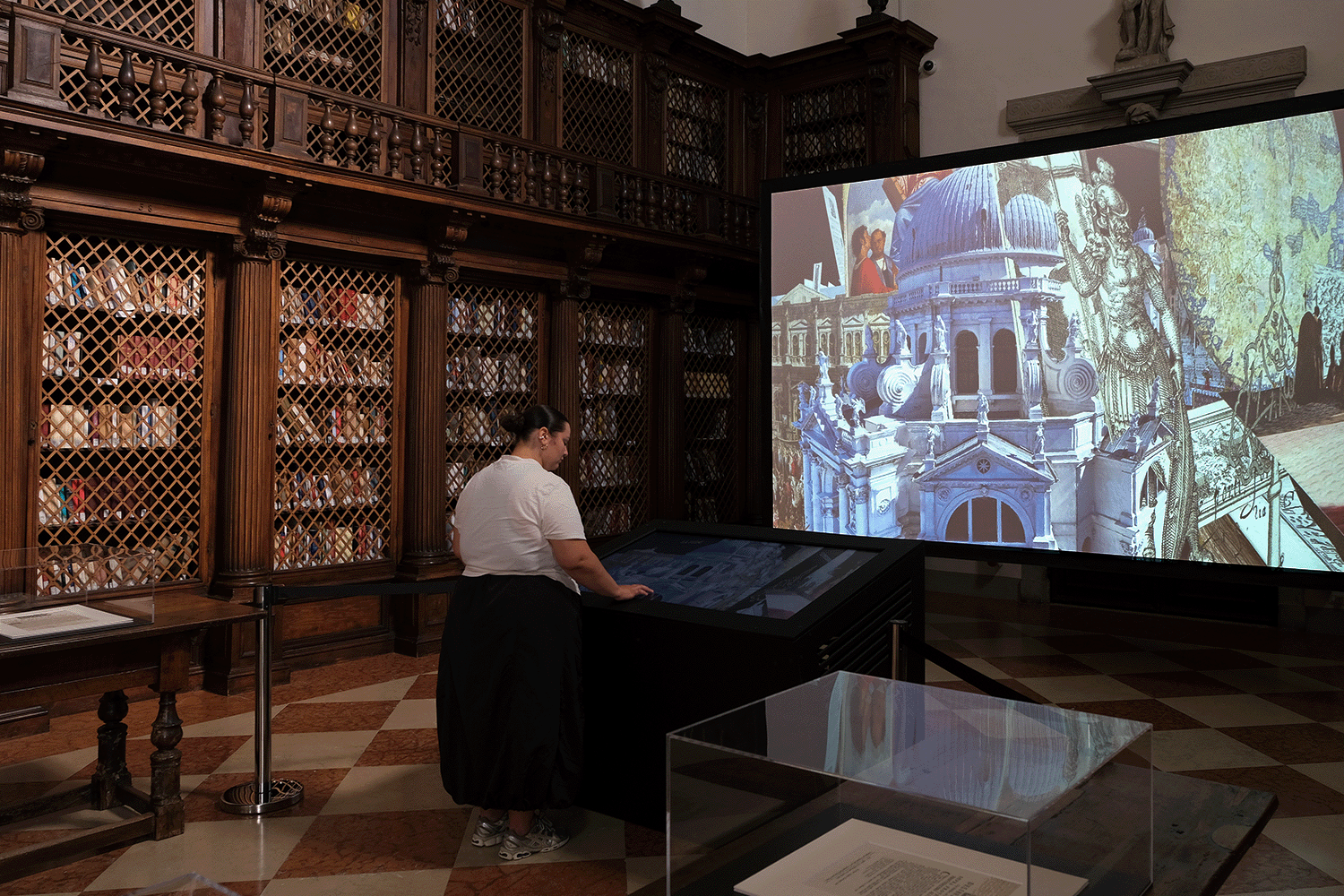
Venezia e le epidemie

The exhibition Venezia e le epidemie represents a central moment in the activities promoted by the Fondazione Giorgio Cini as part of the thematic itinerary Democracy and Pandemics.
Set up in the Longhena Library, the exhibition, curated by Egidio Ivetic Director of the Institute for the History of the Venetian State and Society, traces a documentary path on the response capabilities of the Republic of Venice in the face of the epidemic emergencies that repeatedly struck the city and Europe. The exhibition features valuable materials from the collections of the Giorgio Cini Foundation and other Venetian institutions: the State Archives, the Biblioteca Nazionale Marciana and the Fondazione Musei Civici.
The works on display evoke the events of the pestifero et contagioso morbo, testifying to an institutional framework that immediately moved from the tensions generated by the contagion to relevant measures of prevention, control and defense, until the epidemic was overcome. The choice of exhibits such as: originals of resolutions and proclamations, of measures such as contumacy, of medical remedies, of building constructions where faith was intertwined with relief for the end of the epidemic, of saints of choice to protect the sick, of health faiths attesting that the person was healthy and could roam the territory of the Republic, are all materials that cover four centuries of management, reaction and defense against epidemics.
Associated with this action was a proliferation of religious initiatives. In the second part of the 16th century, following the plague of 1575-76, the Senate dedicated a temple to Christ the Redeemer, designed by Andrea Palladio; in the first part of the 17th century, after the epidemic of 1630-31, a new temple was dedicated to Our Lady of Health, whose construction was entrusted to Baldassare Longhena. Two festivals of devotion still dear to Venetians are dedicated to the two buildings.
This documentary apparatus is accompanied by a multimedia journey, thanks to an interactive video-installation created by the camerAnebbia studio, which used the funds and archives of the Foundation and materials from Venice Long Data, the project in collaboration with Ca’ Foscari University Venice that applies Big Data and Network Science to archives and historical documents.
The exhibition can be visited by reservation only.
It is open daily, except Wednesdays, from 11:00 a.m. to 5:00 p.m., with entrances every 45 minutes (11:00 a.m., 11:45 a.m., 12:30 p.m., 1:15 p.m., 2:00 p.m., 2:45 p.m., 3:30 p.m., last entrance at 4:15 p.m.).
The exhibition will be closed from August 11 to 17.
For reservation: [email protected].
For schools:[email protected]
Free entrance
For audio-guided tours that include tours to the Giorgio Cini Foundation, Vatican Chapels, Borges Labyrinth, and Teatro Verde: for information and ticket purchase go to visitcini.com
